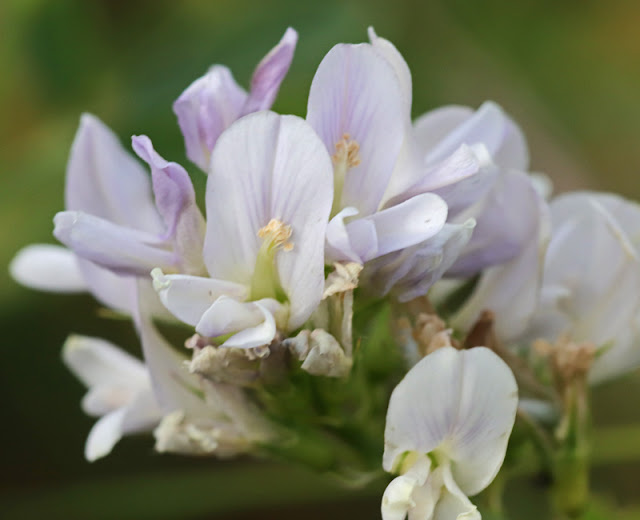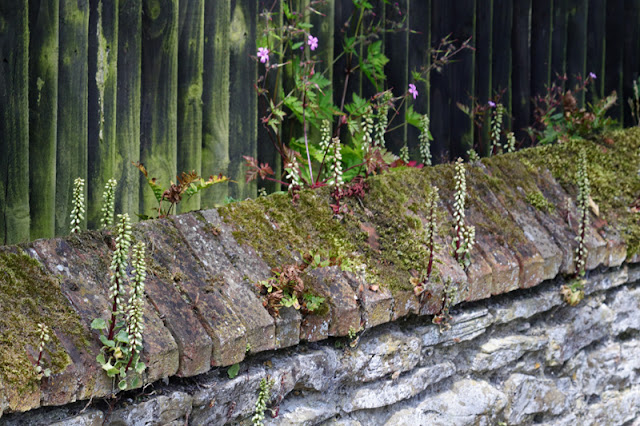The Old Hoverport, Pegwell Bay, Ramsgate and Bishopstone, Kent - 16/06/18

I remember going to this hoverport at Pegwell Bay when I was a teenager watching the giant hovercraft head across the mudflats towards the continent. For whatever reason hovercraft fell out of fashion and a giant concrete apron of several acres was left behind. Over the years, nature has reclaimed it, pushing through cracks in the concrete and growing on thin soils that now cover large areas of what was concrete. The almost white flowered plant and the almost black flowers below belong to the same species of plant, Sand Lucerne. It can be all manner of colours, often metallic as well, though to date I'd not seen the black flowered version. When I saw those below they looked black to the eye, but the photo shows it's a very deep purple. Very similar to Lucerne (which is always blue) and Sickle Medick (always yellow), these can be told by the seed pods if the flower colour confuses. Medicago sativa subsp. varia Purple Toadflax is a long escaped ga
